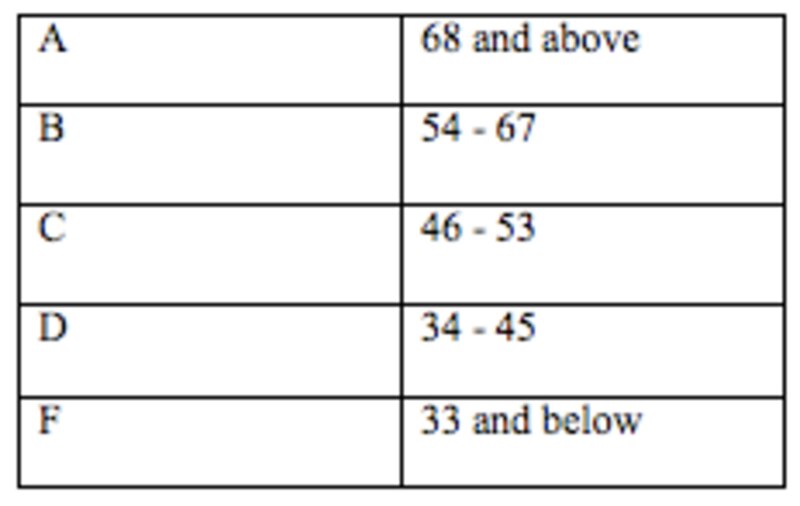Defending this year’s school progress reports at a news conference this morning, Chancellor Joel Klein said the high marks given to an overwhelming majority of city schools did not mean the grading system had lost its value.
The reports, which the Department of Education began issuing two years ago, use a complex formula to assign each school a letter grade, allowing parents to compare schools and principals to see what areas need improvement. This year, the city gave 84 percent of elementary and middle schools A’s, while only 13 percent received a B and 2 percent received a C. A total of five schools were given D’s, and two were given F’s. (Philissa has some snapshots of the data here).
Last year, 38 percent of schools were given an A. In 2007, when the reports were first issued, 23 percent received that rating.
Responding to reporters’ questions about whether giving 97 percent of schools A and B’s had rendered the progress reports meaningless, Klein said that the grading system still served a purpose. He explained that the reports only measure whether a school has met the city’s goals for it, not whether it is above average.
“We want to make it clear that that [grade] reflects that they met their progress targets, not that they don’t have a lot of improvement ahead of them,” Klein said at a news conference held at P.S. 189 — a school that received an A this year and a B rating last year. “This school, even though it’s up considerably, still has a lot of work to do,” he added, referring to P.S. 189.
He added that next year, schools will have to work harder to receive A’s, as the city will increase the cut off scores for the progress reports and Regents Chancellor Merryl Tisch has been outspoken about making the state tests more difficult.
The dramatic increase in the number of schools receiving A’s could be a double-edged sword for the chancellor. In previous years, the DOE has relied on the reports as one of several factors used in closing low-performing schools and swapping out principals. Klein said he planned to continue school closings this year, though only seven received D’s or F’s citywide and several schools that the city is fighting to close were given A ratings.
President of the teachers union, Michael Mulgrew, told reporters that this year’s reports showed that those schools — P.S. 194, 241 and 150 — should remain open.
Using this year’s reports could also prove difficult for parents.
The chancellor said that parents attempting to compare schools should look at the scores schools received, not just the letter grade. “There’s a big difference between a 68 and a 98. Parents will be able to make a determination,” he said.
Jennifer Jennings, an assistant professor at NYU whose analysis of state math tests showed that the questions have become repetitive and easier than in previous years, said the high number of A grades given out will make it more difficult for parents to differentiate among schools.
“The stated purpose was to give a strong signal of A to F so you don’t need the Excel file,” Jennings said. “It’s supposed to be a bright line kind of finding. Only some very interested parents will pull down that Excel file and think about that.”
Mulgrew said it was imperative that parents go beyond the progress reports and visit the schools in person. “You can look at the scores and all of that, but this is always our recommendation: go to the school. It’s about matching your child with the culture inside of a building,” he said.
P.S. 189’s principal, Theresa Luger, said she was proud of the school’s A rating, attributing it to increased individual attention and teachers using more informal assessments throughout the year.
An assistant principal in Brooklyn was less sure what to make of the grade. “We’re happy we got an A, we’ll be able to trumpet that A — but the fact that schools we know that aren’t so good also got A’s makes you think,” he said.

